In the first of a series of three roundtables, Alison Moore hears from some of the top provider chief executives on the post-election landscape
The surprise election of a Conservative government with an overall majority has forced many in the health service to rethink what the next few months and years will look like.
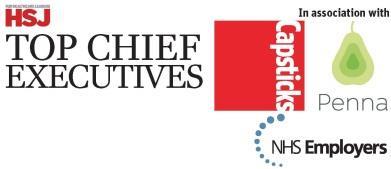
Until the result of the election was known, many commentators expected a coalition government to be formed, with a fragile mandate that might lead to a second election later this year. The definitive outcome has dissipated the uncertainty surrounding the direction of travel for the NHS.
However, there is no delaying the need to confront major issues such as finance and workforce.
HSJ assembled a panel of senior chief executives - drawn from our list of top 50 chief executives - and commissioners and commentators to discuss this issue.
- Read profiles of the 2015 top chief executives - including Sheena Cumiskey, Kate Fallon, Heather Tierney-Moore, Sarah-Jane Marsh and Joe Rafferty
HSJ bureau chief and roundtable chair Crispin Dowler outlined the context and the need to look at the opportunities and risks within the system.
What were the concrete steps people could take? What could realistically be asked for from the government? What was the one area in which the NHS was able to move forwards in the medium term and what was the biggest risk it faced?
Roundtable participants
- Anna Bradley chair, Healthwatch
- Sheena Cumiskey chief executive, Cheshire and Wirral Partnership Foundation Trust
- Crispin Dowler (chair), bureau chief, HSJ
- Nigel Edwards chief executive, Nuffield Trust
- Sir Sam Everington chair, Tower Hamlets Clinical Commissioning Group; NHS Clinical Commissioners board member
- Dr Kate Fallon former chief executive, Bridgewater Community Healthcare Foundation Trust
- Professor Heather Tierney-Moore chief executive, Lancashire Care Foundation Trust
- Dr James Kingsland president, National Association of Primary Care
- Sharon Lamb partner, Capsticks
- Sarah-Jane Marsh chief executive, Birmingham Children’s Hospital Foundation Trust
- Joe Rafferty chief executive, Mersey Care Trust
- Rob Webster chief executive, NHS Confederation
- Michael Younger head of healthcare, Penna
NHS Confederation chief executive Rob Webster opened the discussion. He said the NHS Five Year Forward View was something everyone in the NHS could get behind. “That gives us an opportunity to drive on with the kind of changes that we need in terms of services,” he said. “In my 25 years in the NHS we have spent a lot of time thinking about the structures of the services and not enough about how care is delivered.”
‘The big challenge is keeping staff on board over the next few years’
Getting on with implementing changes would not have been possible last year but things were now moving forward, such as the review of emergency care which NHS England chief executive Simon Stevens said could lead to services being completely revamped within three years.
“The risk is about the workforce,” Mr Webster said. “It is quite clear that the reason we are spending more money on agency staff is because workforce planning has not been aligned to service requirements.”
He suggested some staff felt the “social contract” they had with the NHS had been broken. A few years before they would not have considered doing a mix of permanent and agency work because they would not have regarded it as “right” - now this had changed.
“The big challenge is keeping staff on board over the next few years,” he concluded.
Get staff involved
Mersey Care Trust chief executive Joe Rafferty said there was an opportunity to think more about “organisational health”. “We don’t focus enough on key measurements about how staff are really engaged,” he said.
Involving users in redesign of services allowed solutions to be found which would not be possible if only professionals were involved, he said. But there were risks if patient engagement and activation were not moved on to a different level.
Heather Tierney-Moore, chief executive of Lancashire Care Foundation Trust, argued that there was an opportunity for continuing the work on understanding the impact on the wider system from mental health and wellbeing issues.
“Increasingly, people understand the notion of people as holistic beings with multiple needs,” she said. There was evidence of the outcomes which could be achieved through including these.
“We have seen it gain a greater profile.
“The opportunity now is to mainstream it rather than regard it as a special interest.”
But there was a risk that other policies would impact on mental health and wellbeing which could undermine improvements. There was a lack of alignment in policy and how the system worked.
‘How organisations move on and deliver the change needed is a real challenge’
In April it looked as if there might be some form of top-down change but this had receded, said Capsticks partner Sharon Lamb, reminding the panel how much perspectives had changed within a few weeks. Leaders needed to be energised to make substantive changes while also holding firm on finance, workforce and quality. “That is the challenge: how we energise people to see how things could be done differently,” she said.
“There is a delicate balance between people being energised towards whole system change, led locally and a move to tighter controls from the centre. In that environment, the question as to how organisations move on and deliver the change that is needed is a real challenge.”
Cheshire and Wirral Partnership FT is involved in two vanguard sites as outlined in the forward view. Chief executive Sheena Cumiskey said there was a challenge to change dynamics to look at whole person care, rather than the silos that had existed.
“The context is one where nobody is going to want to put additional resources into the NHS unless it is very clear there is absolute grip on what is happening,” she said. This made it difficult when leaders were trying to get behavioural change in the workforce.
Nuffield Trust chief executive Nigel Edwards said there was potentially the opportunity to negotiate the “space” to make some of the changes Mr Webster mentioned. But there would be limited time to do this because of the electoral cycle. He warned it was not clear any actions would release anything like the level of savings needed.
Workforce was also on the list of opportunities for Sarah-Jane Marsh, chief executive of Birmingham Children’s Hospital FT. She said there was a need for new roles, to change the way nursing is delivered and look again at doctors’ training.
“We can’t afford the model that we have got,” she said.
“We can’t recruit into it. We can’t afford to expand it… and it’s probably not the right model anyhow.”
But chief executives needed to maintain their credibility over the next 12-24 months, she added. The narrative was that the government was providing the £8bn the NHS needed.
Chief executives faced more instructions, interventions and requirements to manage upwards - even though she was “not on the naughty step” she was seeing these, Ms Marsh said.
Michael Younger on empowering your workforce
The 2015 NHS Confederation annual conference proved to be an important halfway point in the move to a new, more streamlined and efficient NHS. Speeches from Jeremy Hunt and Simon Stevens marked a shift in language to one of (mostly) support and empowerment. Hunt was clear that the government’s role is to create an environment where it is possible to drive the change that is needed. Stevens reaffirmed his commitment to the NHS Five Year Forward View, backed by the additional £8bn of funding, while pressing NHS leaders to take responsibility for creating £22bn of efficiencies.
My week in Liverpool kicked off with the first HSJ Top Chief Executives roundtable. With the dust settling after the general election, the conversation was focused on the provider chiefs’ priorities. One common theme was that workforce is key. The need to re-establish the social contract with the workforce and ensure they are engaged in driving change was discussed at length. The big question of the day was about reframing your relationship with, and reconnecting staff with, the NHS.
People choose the NHS as a career because it reflects their values. Many within this discussion felt their role was to protect their workforce from the pressure in the wider health system and regulatory burden, creating an environment where they can focus on providing high quality care.
Leaders can increase employee engagement by making employees part of the transformation discussion. You can learn a lot from your workforce. Invite their input and listen. Effective workforce planning can underpin everything you strive to achieve in quality, cost, and efficiency.
Safe staffing levels have driven costs up, and effective planning is critical, but also plan for change. Your workforce needs to be ready to do new things in new ways in a new system, so think about where they will be in the future. Embrace organisational development as a proactive tool to deliver the workforce your health economy needs for the next five years and beyond.
We have seen a number of major new policy announcements in recent weeks. The crisis in nursing recruitment, greater efficiency through better procurement, the development of hospital chains, increased focus on preventive healthcare, transformation of emergency care, and NHS England intervention through “success regimes”. Ensuring that the NHS workforce has the skills and motivation to tackle these initiatives is the real challenge for NHS leaders.
With Penna’s focus on helping the NHS find, develop and retain the best people, I’m delighted that workforce was so high on the agenda at this discussion.
Michael Younger is head of healthcare at Penna
Skills deficit
Penna head of healthcare Michael Younger said there were risks that the transformation skills required to drive improvement might not be in place while trusts were also facing increased scrutiny on consultancy spending. Balancing the two would be a headache.
However, London GP Sir Sam Everington saw opportunities to get people more involved in their own health - something which was already happening in his area. He saw vanguards as offering a chance to bring people together and deal with “the unfinished business of 1948”.
But 10 years of reducing spending in general practice and increased pressure meant that primary care was a big risk area. There was also a need to make better use of expertise and skills: “We need a dating agency within the NHS [to allow staff to connect with people who can help them],” he said.
“We also need to get closer to social care but it has to be a love match, not a forced marriage.”
‘It needs to be a love match with social care, not a forced marriage’
Collaboration within systems - without necessarily involving structural integration - was welcomed by Kate Fallon, a former GP and recently retired chief executive of Bridgewater Community Healthcare FT. She highlighted how the Manchester devolution proposals had got the leadership locally together to talk about population needs and how they could be met.
“It is time for a massive and grave change which has to involve a public conversation about what they can realistically expect. Do we have the appetite? Are we sufficiently brave to take these risks? The jury is out,” she said.
For Healthwatch chair Anna Bradley there was an opportunity to reshape the relationship between patients, the public and the health and social care system. But if this was done in the wrong way, any changes would risk being unacceptable to patients and the public. She cited the better care fund where public and community organisations had not been sufficiently engaged.
“The risk is that we don’t get it right, and the evidence is that we have not got it right so far,” Ms Bradley warned, adding that there was an inequality in scale between the NHS and fragmented local groups it needed to reach.
“We have not really begun to think about what it would be like to have a really good system of health literacy which provides people with what they need in order to take control of what they need for themselves,” she said.
National Association of Primary Care president James Kingsland said the big danger was the loss of spirit within the clinical community which might not be recovered. However, there were opportunities not to have to ask permission to make changes.
Mr Webster raised the issue of social care: 99 per cent of NHS leaders surveyed felt provision of it would directly impact on the NHS. “There’s deep concern [as to] whether home care providers can survive,” he said. “Unless there is some sort of understanding that social care is part of the solution and needs investment and support, we could do a brilliant job but be a good cog in a broken machine.”
Mr Dowler said the government had shifted from a policy of maintaining quality and forgetting about the money to one where there was a real bearing down on financial risk. This left the NHS with a “Herculean task” of dealing with the funding - but if it failed there would be a loss of credibility with government, and potentially consequences for its ability to what it wanted to do.
“Is it possible for NHS organisations to rebuild that relationship with staff while at the same time making those changes to working relationships and satisfying a government that wants to be tough on spending?” he asked.
‘The majority of people want to be part of the NHS because it connects with them and their values’
Mr Edwards said it was necessary to understand why things had gone wrong before proposing solutions. “I suspect pay is a small part of it but I think there are other dynamics.”
Sir Sam said that what GPs found hardest was “the Daily Mail attacks”. GPs’ performance targets were often removed from what patients really valued - that they were listened to, concerns addressed and they were treated with kindness.
But Professor Tierney-Moore felt there was an opportunity to rebuild relations with staff: money was only one component in the picture. She urged her fellow chief executives to be an “umbrella” for staff rather than reacting to how they themselves were being treated.
Dr Fallon said her own staff had been consistent in their views: they wanted to make a difference; sometimes systems and processes stood in the way; they wanted to be able to exchange information easily; and they perceived there was a target culture which stressed recording and counting.
Ms Cumiskey added: “The majority of people want to be part of the NHS because it connects with them and their values. We need to create the context where they can do this.” There was disconnect between what they might be judged on and what people felt was important to them.
Shifting the focus
But can NHS organisations create a microclimate which insulates their staff from some of the harsh winds outside?
Ms Marsh felt it was possible. “Three years ago we shifted the emphasis from everything being patient focused to being staff focused. We said as a board we would create a climate we felt cared for people. I see my job as putting up a big umbrella to stop things raining down on people.”
Mr Edwards pointed out that, outside the NHS, the manager’s job was to help staff do their job better: inside the NHS it was about managing the anxieties of those above them.
Mr Rafferty suggested that leaders ought to transform the “heat” they experienced into “light” for their staff. “I think if we can do that we can reconnect the front line with what it intends to do,” he said. “We need to reconnect people with why they come to work. Don’t let the heat boil that away.”
Leaders would have to manage top-down pressure while looking at service change and building credibility and trust with patients, Mr Dowler said.
‘We need to reconnect with why people come to work. Don’t let the heat boil that away’
Ms Bradley said: “The experience that people have on engagement and involvement on those big designs around redesign is the experience that will give the lie to the Daily Mail.”
At the moment there was not a sense of good public and patient engagement in the way decisions were being made. The challenge was to build credibility from the bottom up to demonstrate that this could be made to work.
Mr Webster said that prior to the forward view, the NHS Confederation and other organisations had challenged politicians to create the conditions that would allow the service to deliver what was asked of it.
There was a need for the parties to create the political will for these things to be done.
But what steps would the panellists like to see happen?
Dr Kingsland called for investment in leadership as a “style of practice”.
He added the Health and Social Care Act had been meant to align clinical responsibility with financial responsibility but this had not happened. Ms Bradley said: “We can’t redesign relationships unless all the parties are around the table having a conversation.
“We can’t dictate what the relationship is but it has to be built.”
Sir Sam argued against more regulation, and Ms Marsh pointed out that there were many bodies telling chief executives what good was, but there remained a need for clarity about what were “must-dos”. Ms Lamb added: “I think it is important about being clear about the link up between bodies and about who is leading change to avoid stasis.”
Mr Younger called for a reframing of the negative language used around the NHS - special measures, failure and so forth.
This would positively impact on re-engagement with the workforce.
‘We can’t dictate what the relationship is but it has to be built’
The timeframe worried Mr Rafferty, who cautioned that the forward view gave the impression it could be done within five years when it
could not.
Success ought to be looked at in terms of outcomes based on health and wellbeing, said Ms Cumiskey, rather than the processes that are currently gone through.
And Mr Webster ended the discussion by saying it was an issue of subsidiarity. “Let’s be clear about where the decision making happens and where the responsibility lies in the system - and make sure each level of the system is doing what only it can do.”
The next Top Chief Executives roundtable will appear at the beginning of August




















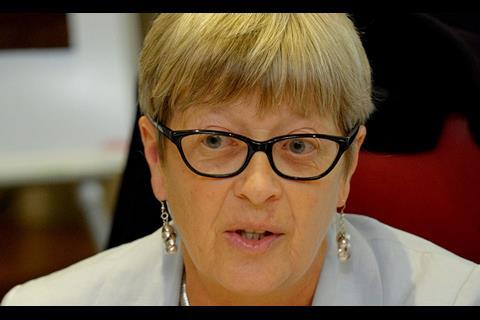
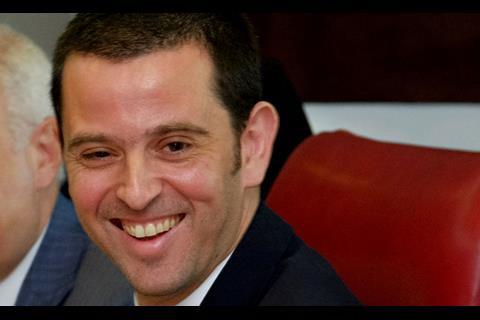
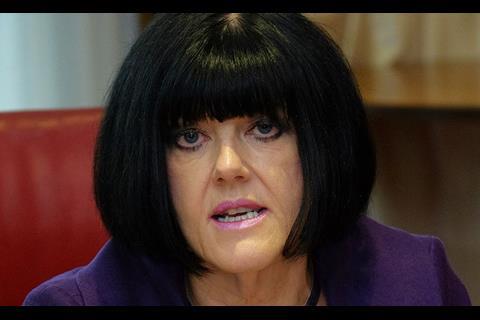
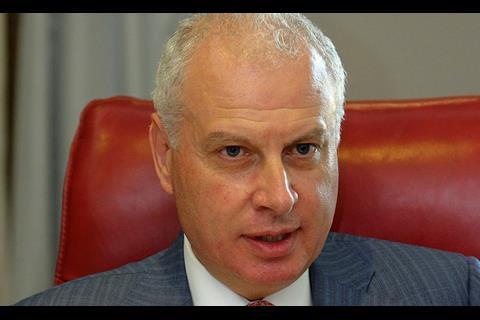
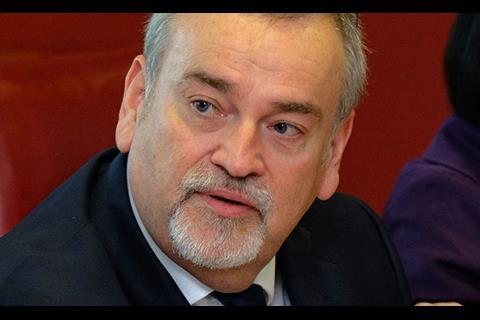


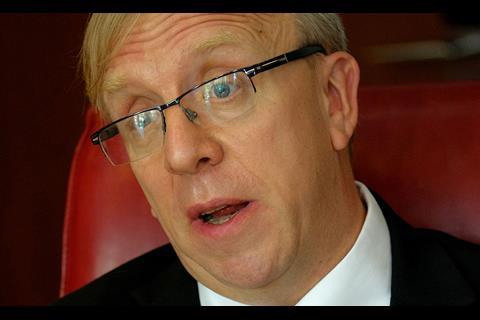

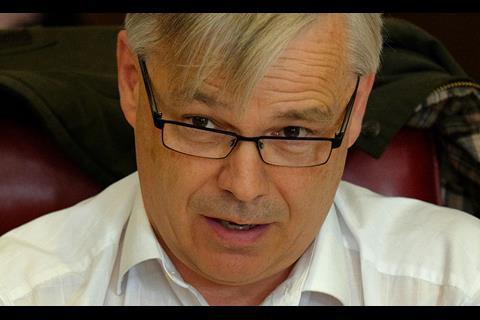
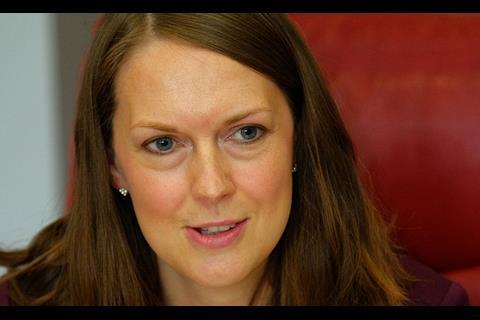
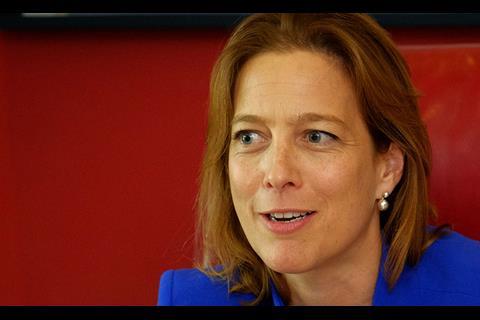
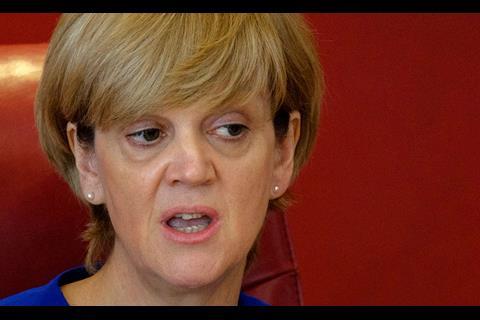






6 Readers' comments